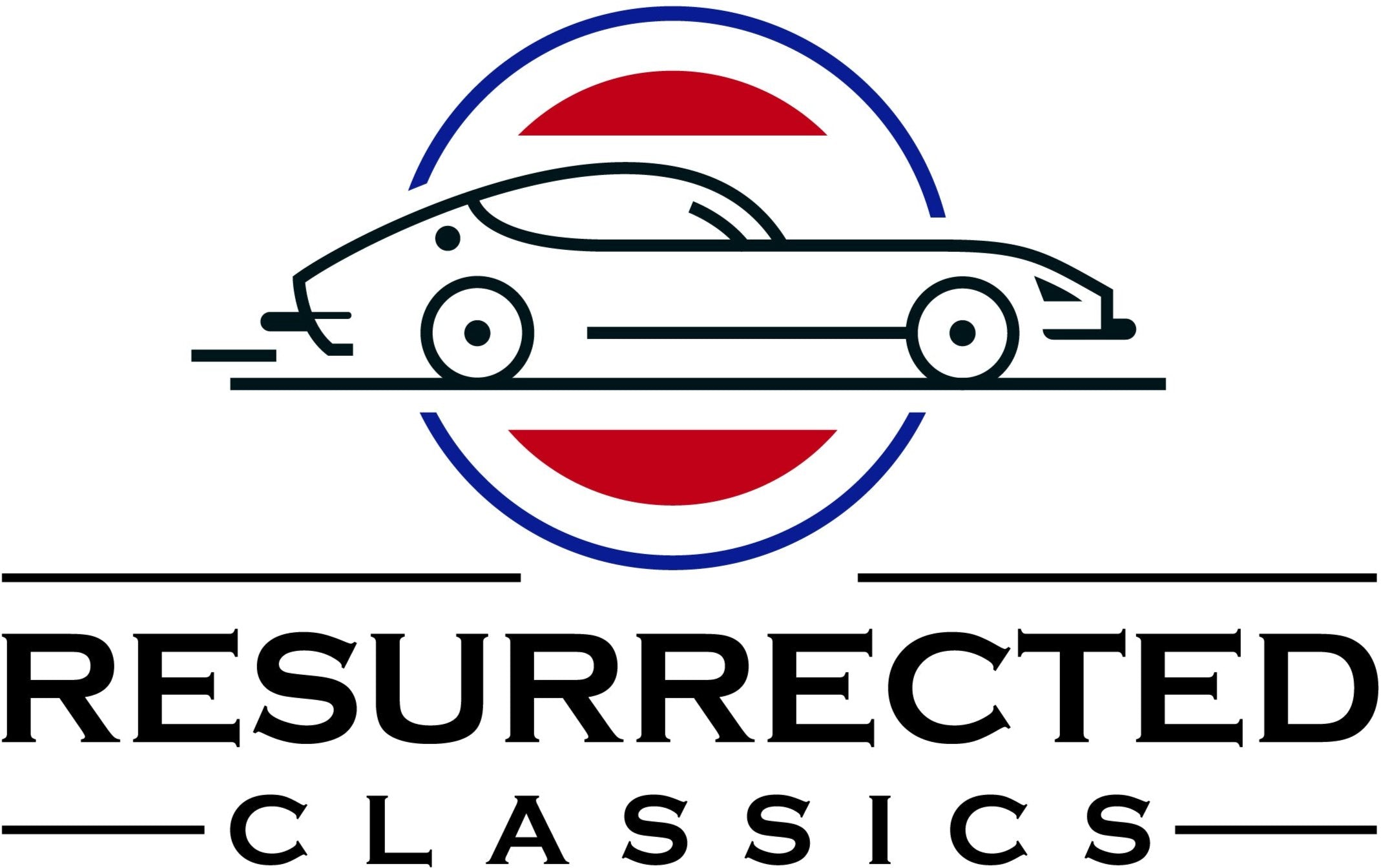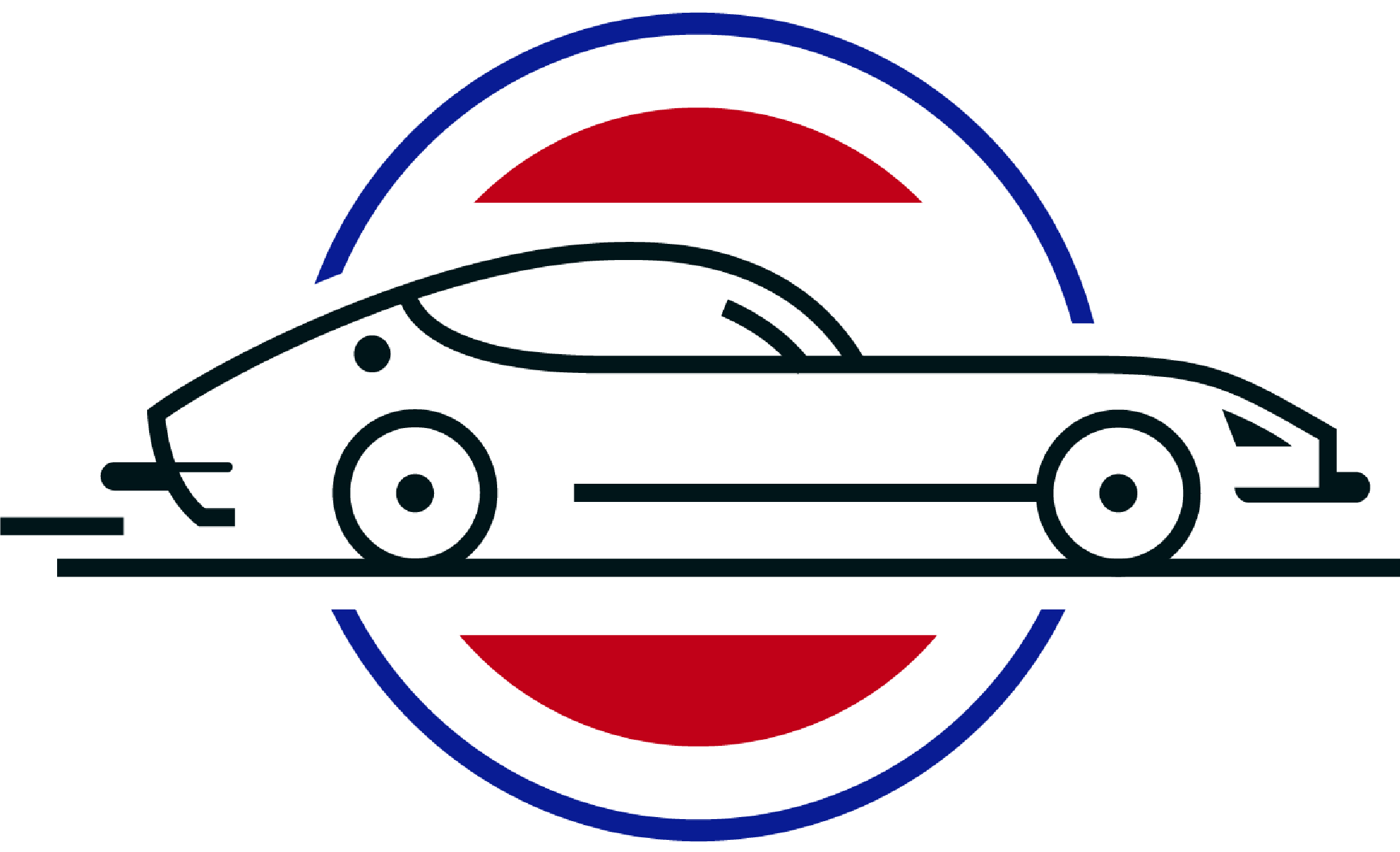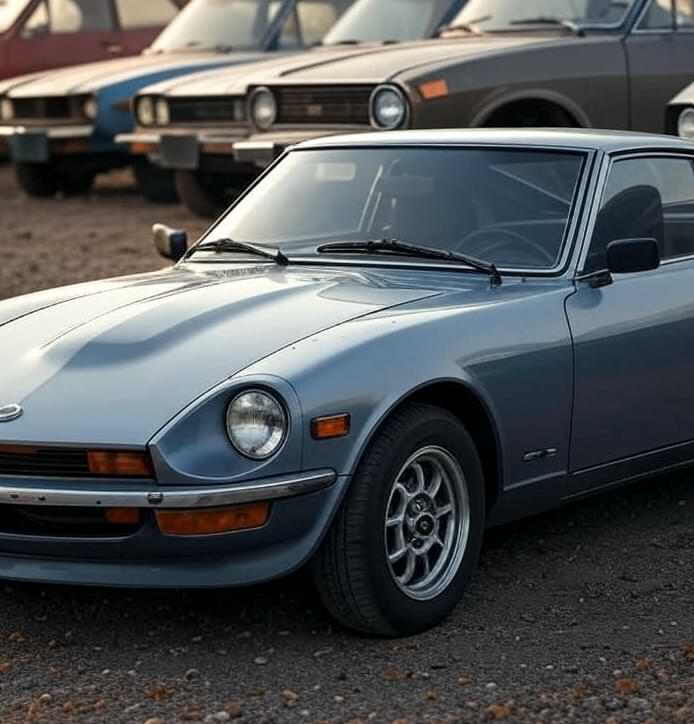Datsun 240Z vs 280Z Key Differences Every Collector Should Know
If you're a fan of classic Japanese sports cars, you're likely familiar with the Datsun 240Z and its younger sibling, the 280Z. In this guide, we’ll break down the key differences between the two models, helping you decide which one is right for your restoration project, weekend driving, or collection.
A Brief Introduction to the Z Cars
The Datsun Z series debuted in 1969 with the release of the 240Z, quickly earning a reputation for performance, style, and affordability. As the series evolved, the 280Z arrived in 1975 with updates designed to improve comfort and meet stricter emissions standards. Both are part of the iconic S30 chassis line but differ in multiple areas that matter to collectors.
Engine and Performance
Datsun 240Z: Powered by a 2.4L inline-six (L24 engine), the 240Z delivers around 151 hp. It's known for its quick throttle response and light feel. Many purists prefer the 240Z for its raw, analog driving experience.
Datsun 280Z: The 280Z features a larger 2.8L inline-six (L28 engine) with fuel injection and improved torque. While the extra power helps in modern driving conditions, the heavier body and refined setup make it feel slightly more subdued.

Weight and Handling
The 240Z weighs about 2,300 lbs, while the 280Z comes in closer to 2,800 lbs. The added weight in the 280Z comes from reinforced bumpers, emissions equipment, and additional interior features. This makes the 240Z slightly more agile, while the 280Z offers a smoother, more stable ride.
Interior and Comfort
240Z: Interior design is simple and functional. Expect minimal sound insulation, fewer comfort features, and a more "raw" driving feel. This model is about performance over polish.
280Z: Adds more creature comforts, including improved sound deadening, better HVAC, and a more refined dashboard. If you're planning longer drives, the 280Z may offer a more pleasant cabin experience.
Emissions and Fuel Systems
One of the biggest changes was the move from carburetors to fuel injection in the 280Z. While this helps with reliability and fuel economy, it also adds complexity for restorers who are used to tuning carbs.
Collectors often find that original 240Zs are easier to work on with basic tools, while the 280Z’s fuel-injected system can require more diagnostics and specialized parts.
Design and Styling
At first glance, both models look similar, but there are subtle styling differences:
-
Bumpers: The 280Z has larger, federally mandated 5-mph bumpers that some find less aesthetically pleasing.
-
Grille and Trim: Minor design updates distinguish the front and rear fascia between models.
-
Wheels: The 280Z came standard with wider wheels and a slightly more aggressive stance.
Parts Availability and Restoration Support
Both the 240Z and 280Z enjoy strong aftermarket parts support. That said, some original Datsun parts for the 240Z are becoming harder to find, which may require more aftermarket solutions or custom fabrication.
At Resurrected Classics, we offer a wide range of Datsun Z parts to support both purist restorations and modern upgrades.
Collector Value and Investment Potential
Generally speaking, the 240Z commands higher prices due to its earlier release, limited availability, and purist appeal. However, the 280Z is rising in popularity and can be a more affordable entry point into the world of vintage Datsun ownership.
Collectors seeking originality and early JDM design may lean toward the 240Z, while those looking for comfort, reliability, and a lower starting price might favor the 280Z.
Real-World Experience
Having restored multiple Z cars over the years, one thing is clear: neither choice is wrong. The 240Z excels in simplicity and analog charm, while the 280Z provides a more refined, road-trip-ready version of the same classic DNA. The best choice often comes down to your goals, daily driving, show car build, or investment.
FAQs
Which is faster, the 240Z or the 280Z?
Stock performance is comparable, but the 280Z has more torque due to the larger engine. However, the 240Z is lighter and often feels quicker.
Is the 240Z easier to work on than the 280Z?
Yes, the carbureted L24 engine is simpler to tune compared to the fuel-injected L28 in the 280Z.
Are parts more expensive for the 240Z?
Some original 240Z parts are harder to source and may be more expensive. Fortunately, aftermarket parts are available for both.
Which model holds value better?
As of now, the 240Z tends to have higher collector value, but well-kept 280Zs are gaining appreciation fast.
Can I daily drive a restored 240Z or 280Z?
Yes, with modern upgrades and proper maintenance, both can be used regularly, though the 280Z may offer more comfort for frequent use.
Whether you’re starting your first restoration or expanding your Z car collection, understanding these key differences between the Datsun 240Z and 280Z will help you make a smarter investment and enjoy the ride even more. Get in touch with us today to learn more.


